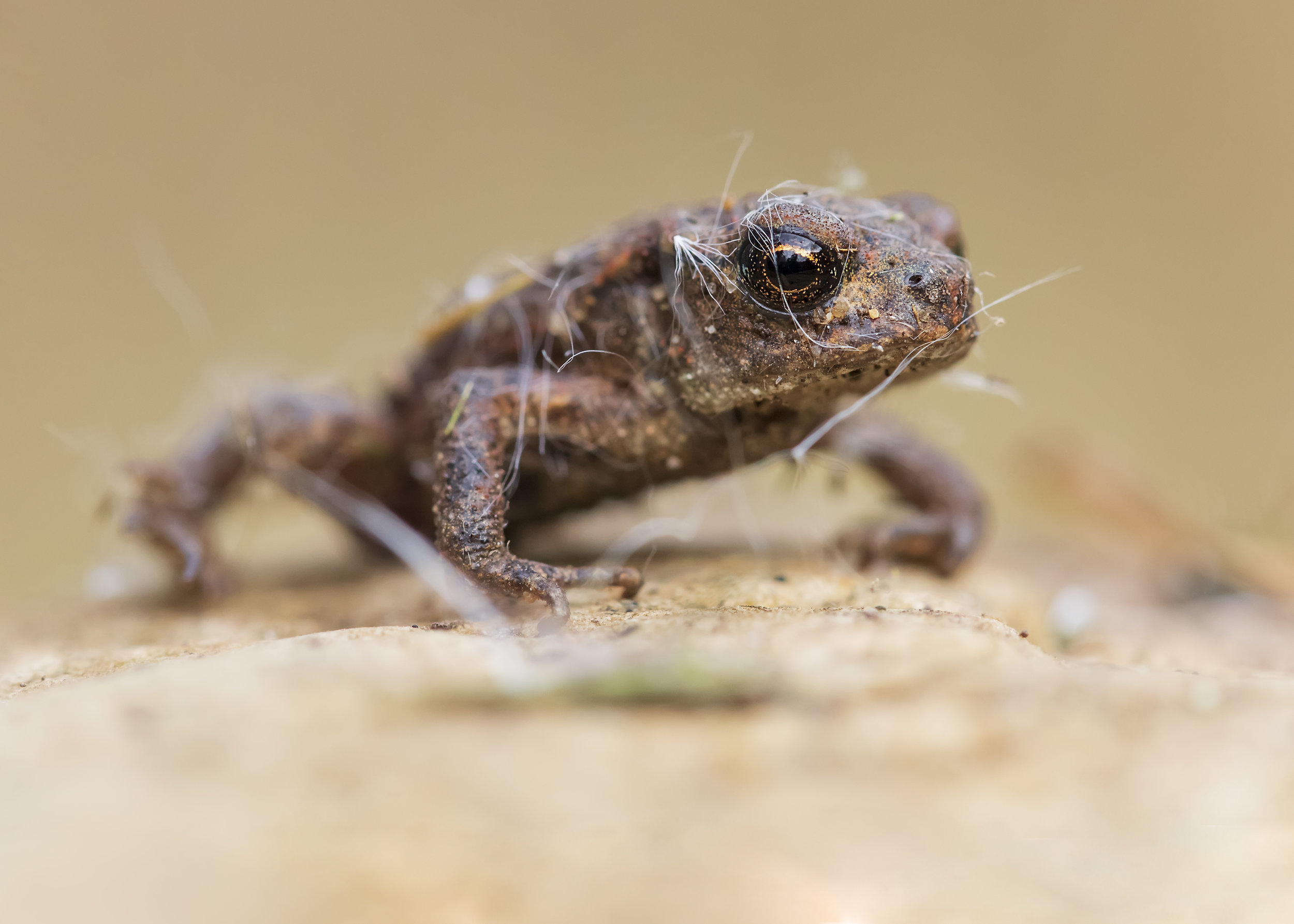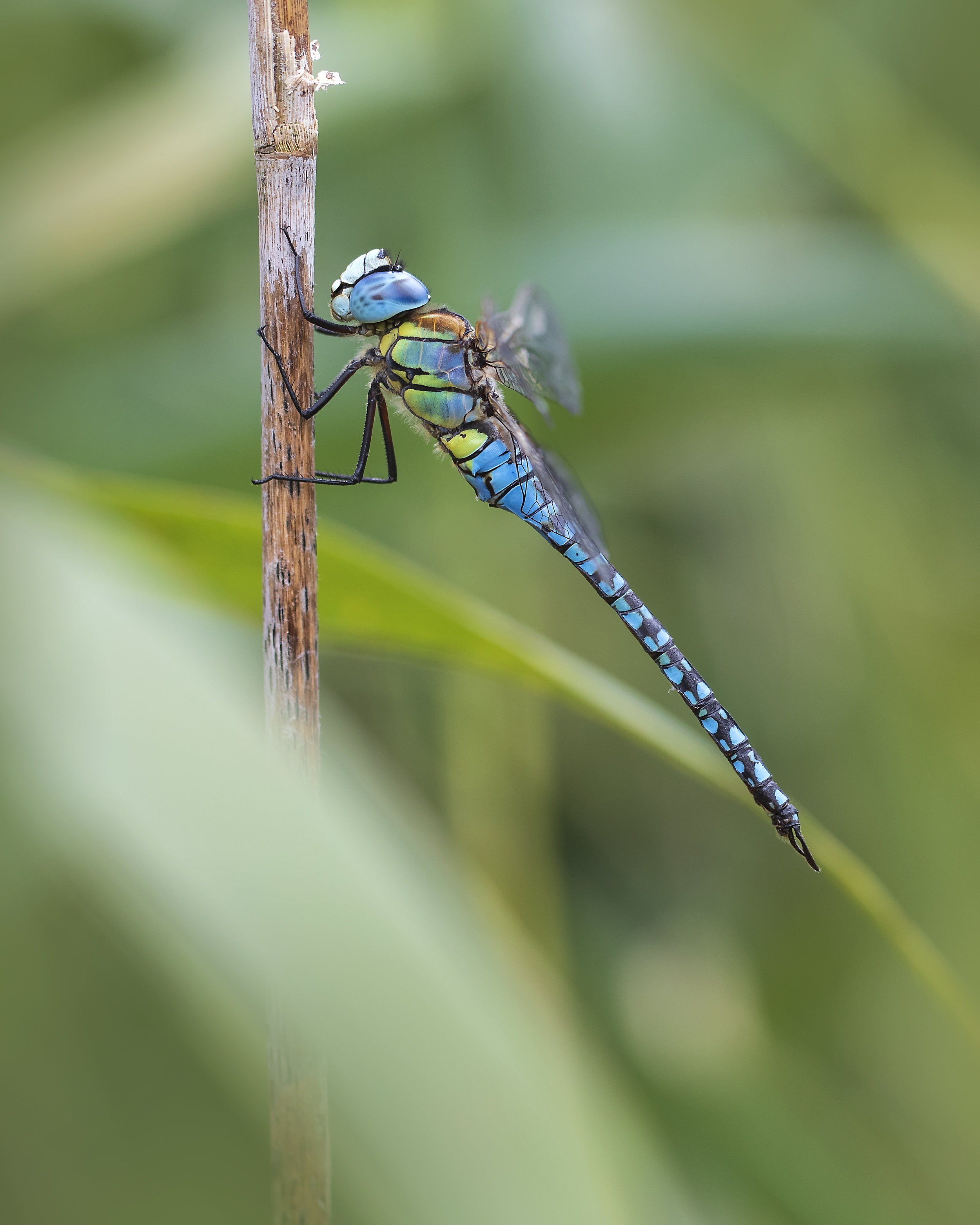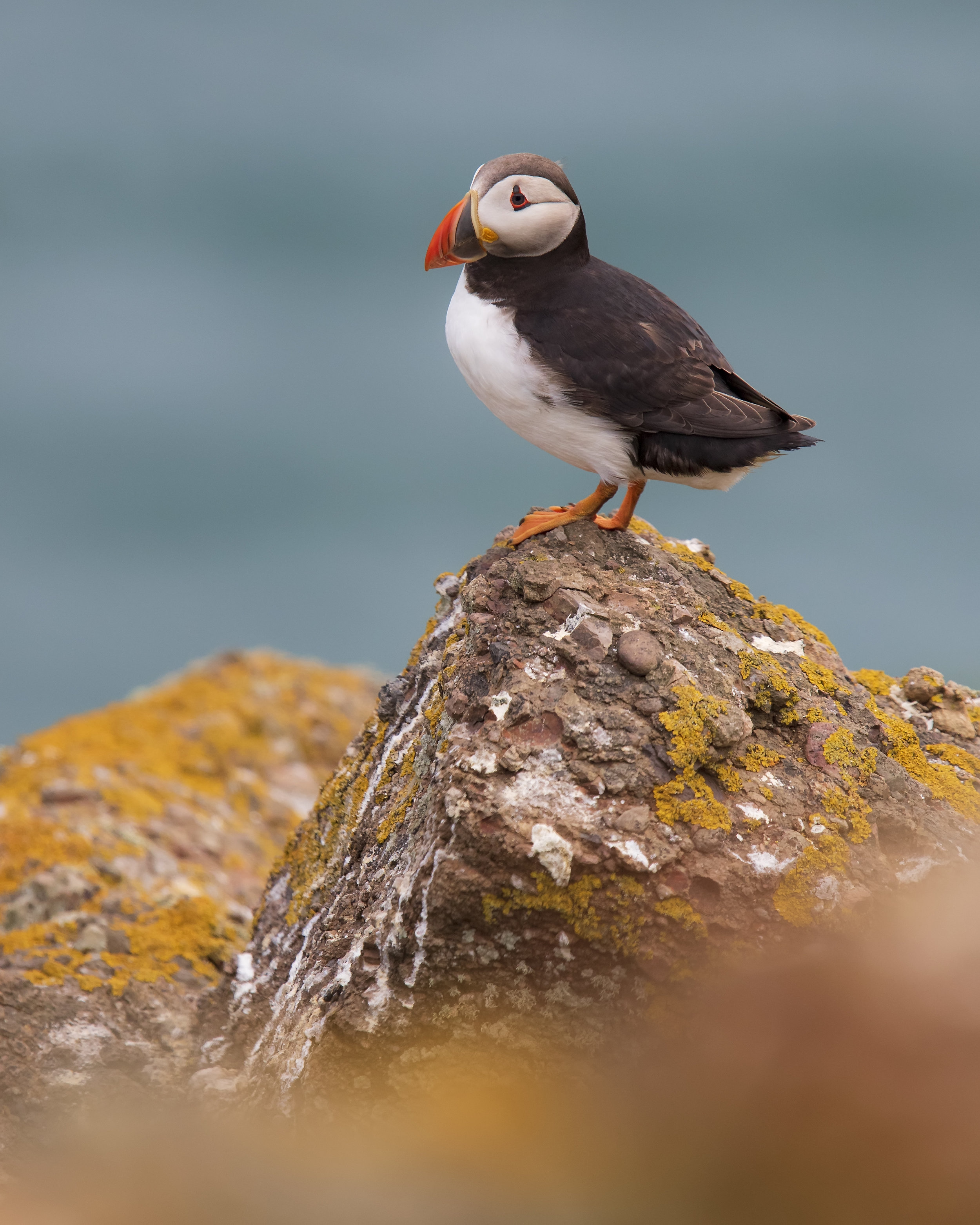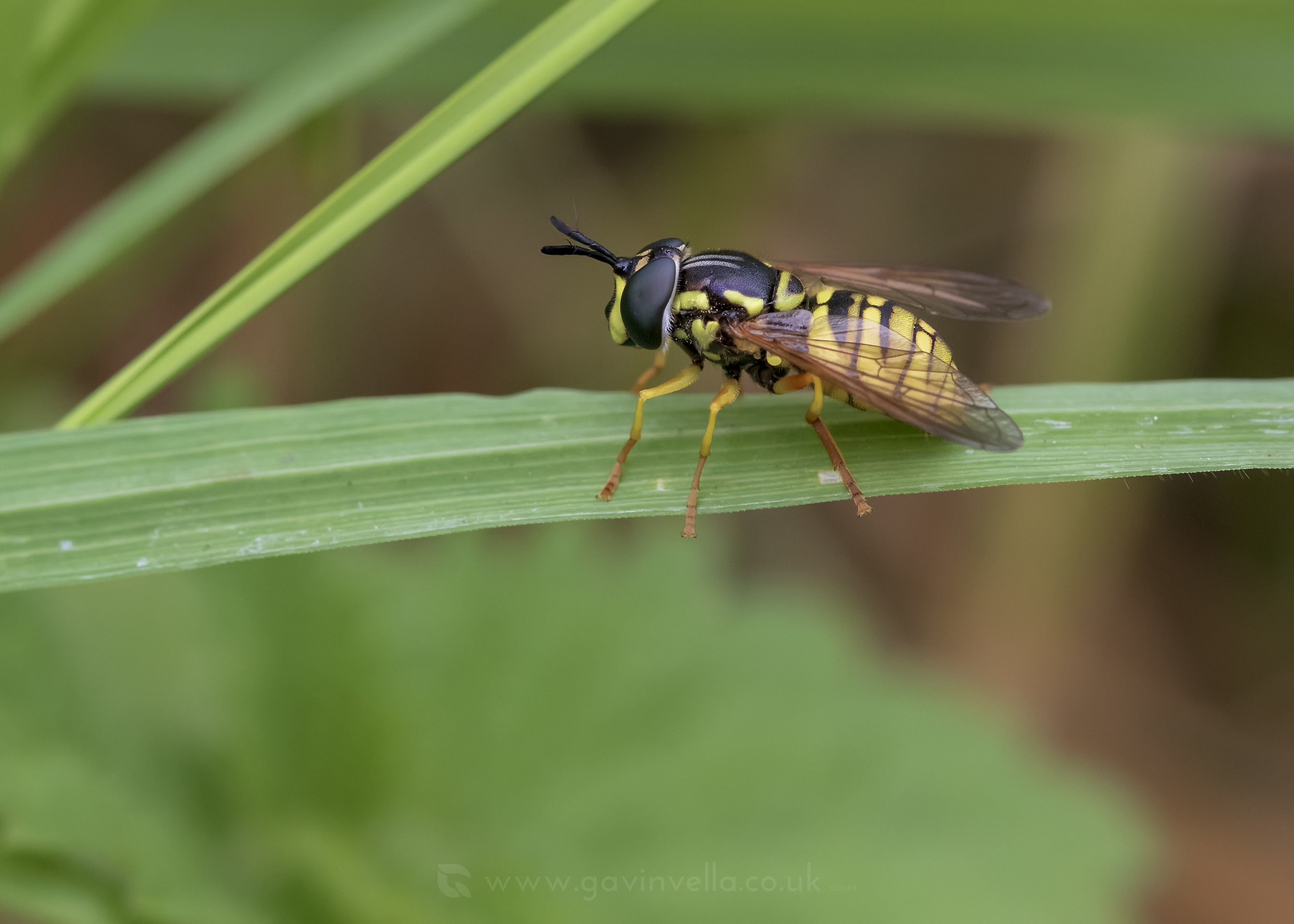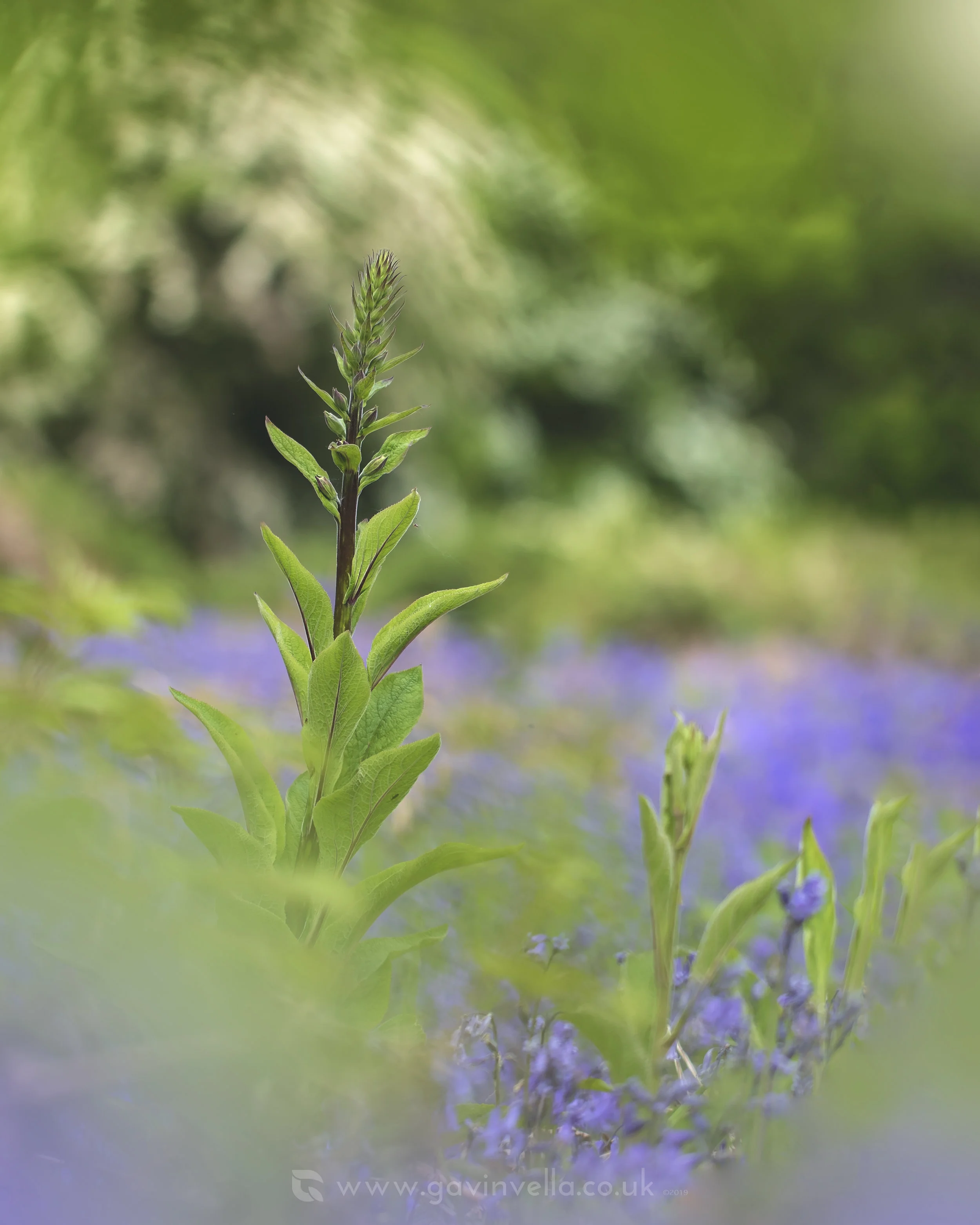All I seem to be doing is blogging about my lack of blogging lately so let’s get straight to it. Lot’s to talk about, so I’ll naturally let my photographs do most of the talking as that’s mostly what people come here to look at anyway. The order is backwards, in that I took the Wasp Spider pics just yesterday.
Since finding the Southern Migrant Hawker at Llandegfedd with Craig Constance, I’ve turned my attention to bugs even more, which is a good thing as we won’t be hanging onto these guys for much longer. Cold and wet will eventually take over, and then I’ll have to wait till next season all over again.
I gave up on my Nightjars too early this year as I’ve been told in parts of England, 3rd clutches were recorded. If I could predict the weather we had in August, I probably would have continued to record them. Partly my decision to leave them though, was made due to having to send my recording gear off to Sweden for a service. Jon Strandberg at Telinga Microphones has always been very good with customer care and has offered to upgrade my microphone to the version 3 which I’m quite excited about. For my birthday in July I also upgraded my sound recorder, which I ended up having to send back due to a fault.. After quite some time emailing back and forth America and Germany, it was finally decided that a replacement unit was needed, which ended up being perfect timing for me, as the new version of the recorder was released this week so I get to have the new one (Or so I’m told)… time will tell. The reason I’m telling you this is because the new device has a feature that will drastically help me collect ‘nature data’ in that it can record a much wider dynamic range, which is hugely beneficial when recording nature as you don’t always know how loud, or quiet your subject is going to be and sometimes you end up recording things by accident but didn’t have the right levels to compensate. This ability is made possibly via 32bit Float recording which Sound Devices has just added to their Mixpre version 2 line of recorders. Time will tell if it’s as good as they make it sound on paper but it’s got many sound recordists quite excited as it lends itself to many different applications.




